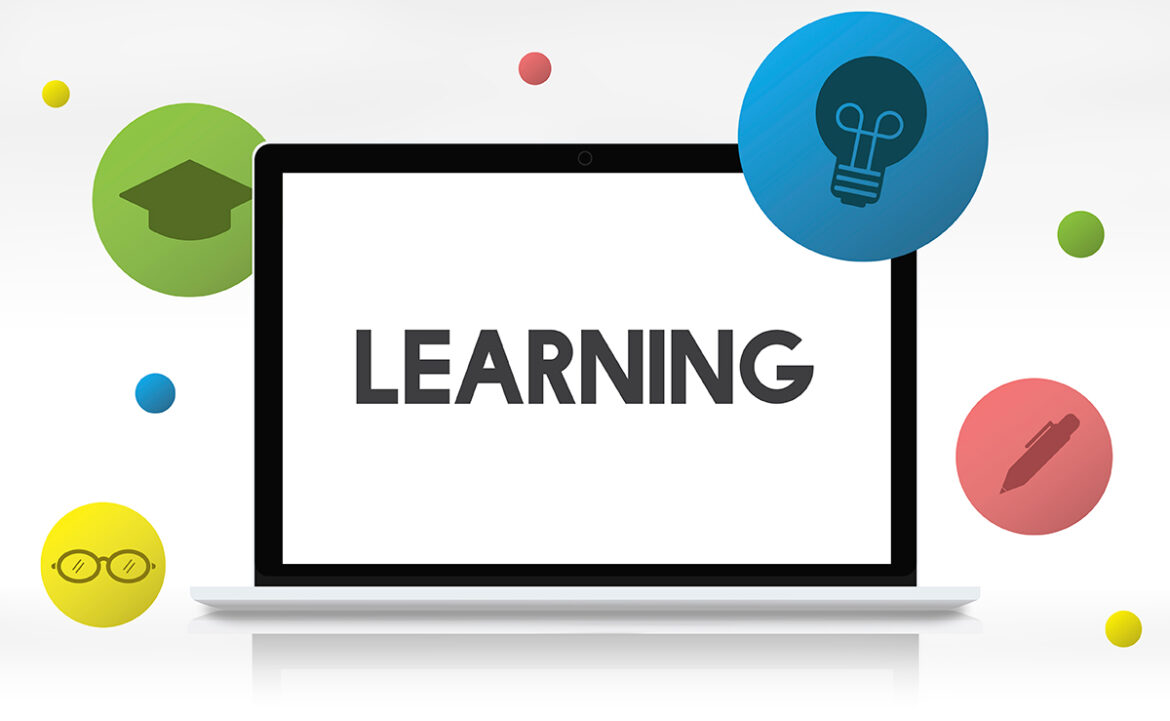Knowing exactly what to do to improve student learning is difficult today. There are more than 250 recognized strategies for accelerating learning, but not all of them provide the best results. So as a classroom teacher or district leader, how can you decide which ones to spend previous time on?
Hattie to the Rescue!
As we discussed in the previous blog, John Hattie has examined more than 80,000 different research studies involving more than 300 million students in order to determine what specific, measurable, and relevant strategies educators should be spending time on. He’s then ranked the strategies from most productive to least (or even negatively impacting learning) based on their effect size. (As a reminder, the bigger the effect size, the greater the impact that particular strategy will have on students. An effect size of 0.4 or greater means that the strategy will cause a significant, positive impact on learning. So we need to seek out those strategies whose effect size is greater than 0.4.)
After all of his study, Hattie found that there were nine different strategies that schools could implement with no additional funding (generally) that would, if implemented correctly, dramatically accelerate student learning. We’re going to count down each one over the next few blogs and see if technology can add value to each strategy.
Strategy Number 9: Classroom Discussion

Classroom discussion has an effect size of 0.82, which is more than twice what we need to know that a specific strategy will make a difference in learning. Hattie defines classroom discussion as “a method of teaching that involves the entire class in a discussion. The teacher stops lecturing and students get together as a class to discuss an important issue.” The key points are that all students in the class take part in the discussion, whether it is in person or online; that the teacher is silent; and that the issue(s) being discussed matters to the students. In order to involve all, the students must feel safe and unjudged before they will venture an opinion. This site has some great ideas on how to make this happen, along with specific things for the teacher to do before, during, and after a class discussion. You can also find different ways to do classroom discussions here.
There are a number of technology tools that can help facilitate classroom discussions. What makes these work especially well is that again, the students are the ones responding while the teacher simply facilitates the conversation:
- Flipgrid (video comments by students)
- Google Classroom
- Google Hangouts
- Microsoft Teams
- Skype
Strategy Number 8: Micro-Teaching/Video Review of Lessons
With an effect size of 0.88, this strategy again packs a punch. What is important to realize about it from the start is that, unlike strategy number 9, this one is all about the teacher. He/She is video recorded presenting a mini-lesson. The lesson is then reviewed by the teacher and/or a coach or supervisor in order to improve the teaching and learning experience. Just as all of us are surprised when we hear our own voice for the first time, seeing ourselves teach can also bring powerful revelations. Unlike when a teacher is being evaluated by an administrator, however, having the lesson video taped allows for him/her to go back and review the actions in question over and over again, as well as those teaching moments that worked well. It allows for greater reflection and growth over time.
To be most effective, the discussion as the teacher and a peer watch the video should center around specific, viewable behaviors/actions, some of which may have been designated before the lesson was taught. The peer must facilitate the conversation so that the teacher draws his/her own conclusions and is not just told what to improve by the peer coach. At the end, the teacher should select one area to work on improving for the next few weeks.
Technical aspects of the video are much less important than the analysis, which allows teachers to get a microscope-view on their own teaching. So you don’t have to worry about being able to or taking the time to edit it.
You can see a good example of an elementary school micro-teaching video here and a secondary one here. Ideally, micro-teaching lessons should be short (less than 15 minutes is perfect) and should have the students acting as they normally would with no advance preparation or practicing.
As far as how technology can enhance this strategy, any cell phone with a camera is all that’s really needed. Again, the quality of the video is not what matters, only that the teacher can watch him/herself teach the lesson and reflect on what is good or needs improvement in it.
What’s Next
In the next blog, to be published on Oct. 16, we’ll look at two more “bang for your buck” strategies: teacher credibility and conceptual change programs. And if you think this topic has value for your teachers or school leaders, please allow me to come out and work with them to implement these proven approaches with your students. You can email me at lgracey@tcea.org.


2 comments
Thanks for this article. I am very interested in the pdf that you have linked for discussion. When you go to the link the pdf is no longer available. Could you please email it to me?
Thank you.
Bobbie, unfortunately that PDF is no longer available. But I have included two other resources in the updated blog. Thanks for pointing this out to me!